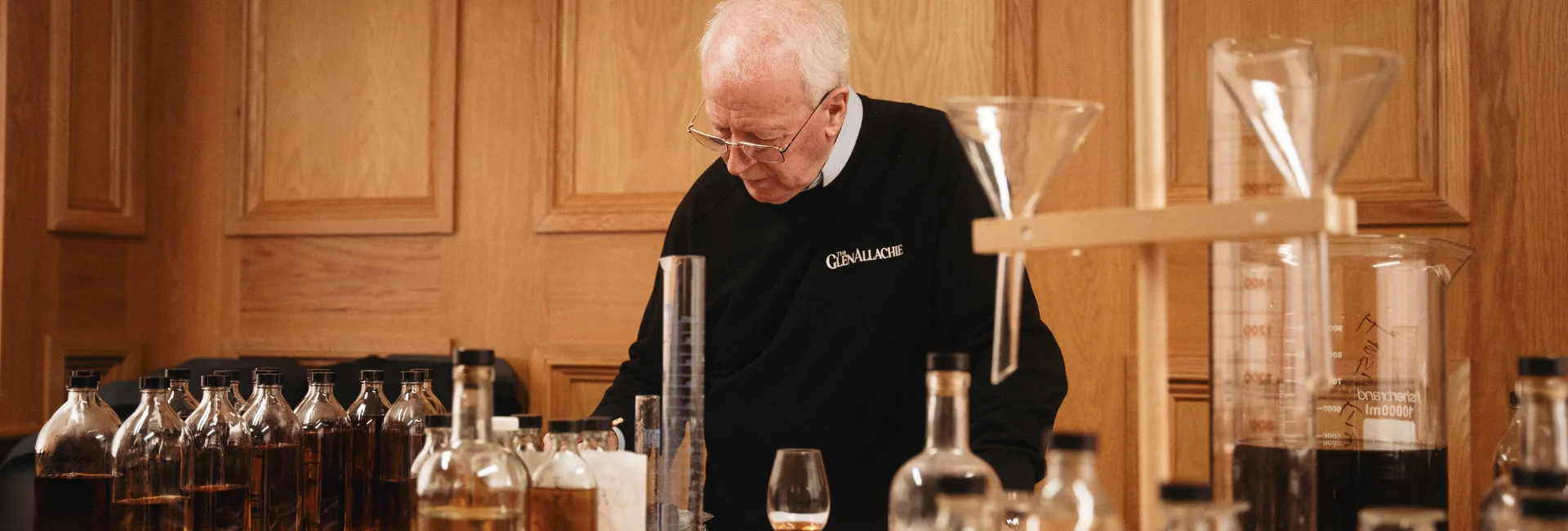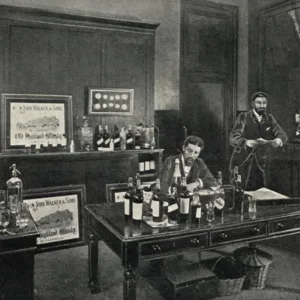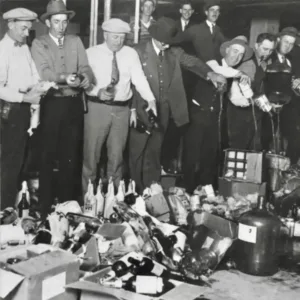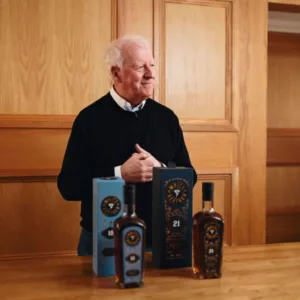
12 Feb 2025
The Evolution of Blended Scotch Whisky
A common misconception among whisky enthusiasts is that blended whisky occupies a lower tier within the Scotch whisky industry. However, a carefully crafted blend, managed with expertise in cask selection and maturation, can rival even the most celebrated single malts. To truly understand the significance of blended Scotch, we must explore its history, composition, and the artistry behind its creation.
The History of Scotch Whisky
The story of Scotch whisky is a long and fascinating one, dating back to at least the 15th century. The earliest documented record of distilling in Scotland appears in 1494. However, the industry’s development wasn’t always straightforward. The introduction of taxes on Scotch whisky in 1644 led to 150 years of illicit distilling as producers sought to evade tax collectors. Even the famous Scottish poet Robert Burns, who worked as a tax collector in the 18th century, was inspired by this era, writing his poem “Scotch Drink” in 1785.
Blending emerged in the 1800s as distillers began experimenting with combining spirits from different sources to create a lighter, sweeter whisky. This marked a departure from the tradition of consuming whisky from a single distillery. The crucial development came in the early 1860s with the blending of single malt whiskies with grain whiskies. This innovation resulted in a more accessible and versatile drink that appealed to a broader audience, contributing significantly to the growing popularity of Scotch whisky.
The Excise Act of 1823 played a key role in regulating the industry. By introducing a licensing fee and a fixed payment per gallon of proof spirit, the Act helped eliminate whisky smuggling and opened the sector to global markets. Pioneering figures like Johnnie Walker and James Chivas seized this opportunity, expanding the reach of Scotch whisky to countries around the world, including Hong Kong, the United States, and South Africa.

The Scotch whisky industry faced another major challenge during Prohibition in the United States. The ban on alcohol production, sale, and transportation presented a significant obstacle. However, a loophole allowing whisky to be prescribed by doctors for medicinal purposes inadvertently boosted the popularity of blended Scotch and Irish whiskey in the U.S. During the 1930s to the 1960s, blended Scotch became the drink of choice among Hollywood celebrities, further enhancing its image as a sophisticated and desirable spirit. These whiskies were often smuggled across the Atlantic and enjoyed in speakeasies or private homes, where they were frequently hidden in creative ways.

What is a Blended Scotch Whisky?
So, what exactly constitutes blended Scotch whisky? It is a carefully balanced combination of malt and grain whiskies, expertly blended to create a unique and complex flavour profile. Malt whiskies are made exclusively from malted barley and distilled in pot stills, while grain whiskies are typically made from various cereals, such as wheat and maise, and distilled in column stills. The art of blending lies in the skill of the Master Blender, who profoundly understands each whisky’s characteristics and how they will interact to create a harmonious final product.

The GlenAllachie Distillers Master Blender, Billy Walker, exemplifies this artistry. His dedication to crafting the perfect blend, inspired by a nostalgic whisky from his past, highlights the passion and expertise involved. The White Heather blend demonstrates his commitment to quality with its high malt content. Walker emphasises the importance of the quality of the whiskies used in the blend and the influence of the casks used for maturation. Each single malt contributes unique characteristics: GlenAllachie brings rich, fruity notes; Islay malts offer subtle hints of peat; and Highland malts provide a honeyed sweetness. The aged grain whiskies add depth and complexity, creating a well-rounded and flavourful blend.
Blended Scotch vs Single Malt Whiskies
The distinction between single malt and blended Scotch whiskies often causes confusion. Single malts are produced at a single distillery using only malted barley. In contrast, blends utilise various grains and incorporate whiskies from multiple distilleries. However, the idea that single malts are not blended is a misconception. Every single malt is, in fact, a blend of different casks, batches, and ages carefully selected by the Master Distiller to achieve the desired character. Therefore, blending is an essential part of both single malt and blended Scotch production.
The modern Scotch whisky industry is a multi-billion-pound industry, employing thousands of people in Scotland. Blended Scotch varieties have played a crucial role in shaping the industry and establishing Scotch whisky as a globally recognised and appreciated spirit. The next time you choose between a single malt and a blend, consider trying a blended Scotch. You might discover a level of flavour and complexity that challenges your preconceptions and gives you a new appreciation for this versatile spirit. The enduring legacy of blended Scotch whisky is a testament to innovation, resilience, and the artistry of blending, a story that continues to evolve with every dram. The perceived simplicity of a “blend” belies the intricate craftsmanship and deep understanding of flavour profiles that go into creating a genuinely exceptional blended Scotch. It’s a world worth exploring, offering a rich tapestry of tastes and aromas that can rival any single malt.
Discover our Whisky Guide for more information, and find our online shop here.




